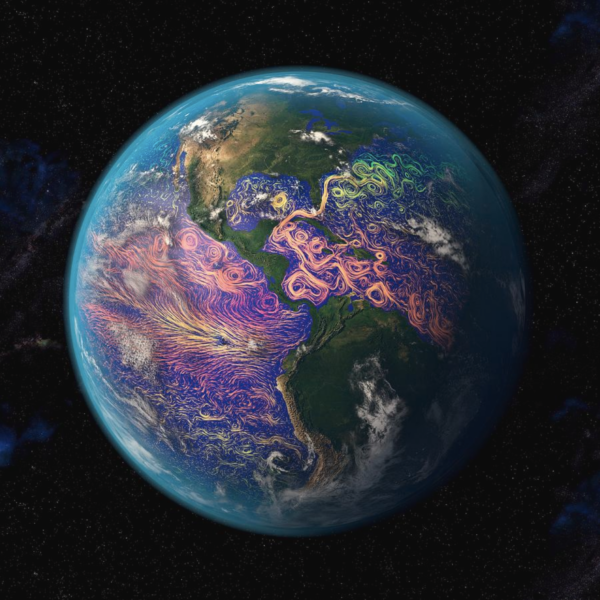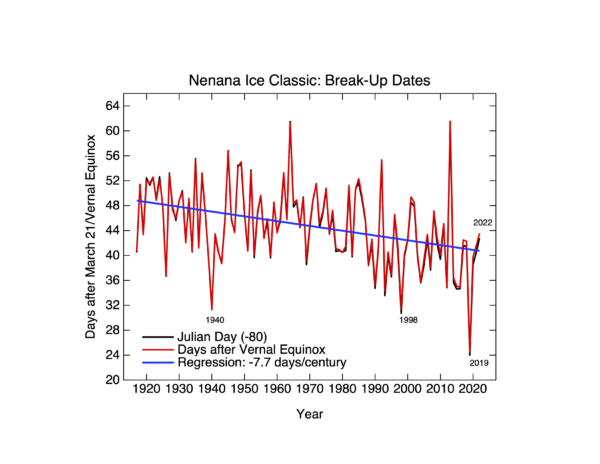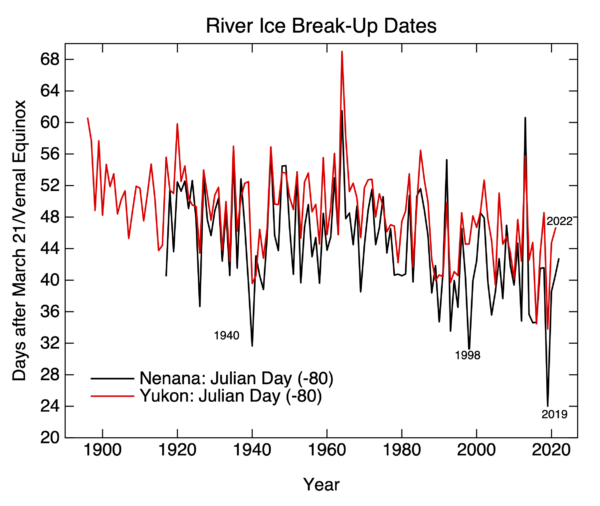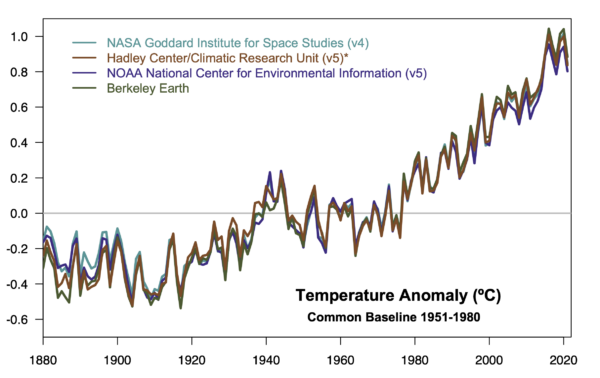With the signing of the Inflation Reduction Act (IRA) on Tuesday Aug 16, the most significant climate legislation in US federal history (so far) became law.

Despite the odd name (and greatly overused TLA), the IRA contains a huge number of elements, totalling roughly $350 billion of investment, in climate solutions over the next ten years. This is an historic effort though it falls short of the broader ‘Green New Deal‘ goals that were proposed in 2019, and doesn’t include all of the elements that were in the proposed 2021 reconcilliation package (the American Jobs Plan in “Build Back Better“) that ultimately floundered.
[Read more…] about Climate impacts of the #IRA



